
Supercharge your lead generation with a FREE Google Ads audit - no strings attached! See how you can generate more and higher quality leads
Get My Free Google Ads AuditFree consultation

No commitment
Supercharge your lead generation with a FREE LinkedIn Ads audit - no strings attached! See how you can generate more and higher quality leads
Get My Free Google Ads AuditFree consultation

No commitment
Supercharge your lead generation with a FREE Meta Ads audit - no strings attached! See how you can generate more and higher quality leads
Get My Free Google Ads AuditGet My Free LinkedIn Ads AuditGet My Free Meta Ads AuditFree consultation

No commitment
Supercharge your lead generation with a FREE Google Ads audit - no strings attached! See how you can generate more and higher quality leads
Get My Free Google Ads AuditFree consultation

No commitment
In today's competitive education marketing landscape, effectively drawing potential students through Google Ads is essential for music schools striving to enhance their reach and enrollments. While offline methods offer a personal touch, digital platforms like Google Ads enable direct connections with individuals currently searching for music lessons. By adeptly using these digital tools, music schools can stand out, address common marketing challenges, and increase enrollments with greater efficiency.
Modern music schools face a fast-moving digital marketplace where missed connections with interested prospects can quickly translate to lost enrollments. The most successful programs now leverage advanced data tools to pinpoint exactly who is showing interest, allowing for more immediate and relevant ad engagement.
A data-driven approach to Google Ads for Music Schools gives marketing teams the power to systematically align budgets, messaging, and targeting with the audiences most likely to convert. By grounding every decision in actionable analytics, music schools can optimize PPC for music schools and drive measurable growth in student inquiries.
Identifying and targeting high-intent keywords is essential for connecting with potential music students at the moment they are actively searching for lessons. Using enriched data, marketers can now dynamically update audience lists and push hot leads directly into Google Ads campaigns, ensuring every click is timely and relevant.
Landing pages and ad creative must speak directly to the needs and interests of music students and their families. When these assets are unified—pulling in visit-level insights and behavioral signals—conversion rates climb and acquisition costs drop.
Continuous optimization is the cornerstone of effective Google Ads strategies for music schools. Leveraging real-time performance insights, marketers can adjust bids, refresh creative, and synchronize enriched leads with CRM and marketing automation platforms, ensuring that every dollar invested in online advertising for music teachers drives higher ROI and scalable enrollment growth. If you're ready to streamline your advertising and audience targeting, get started for free with Sona.
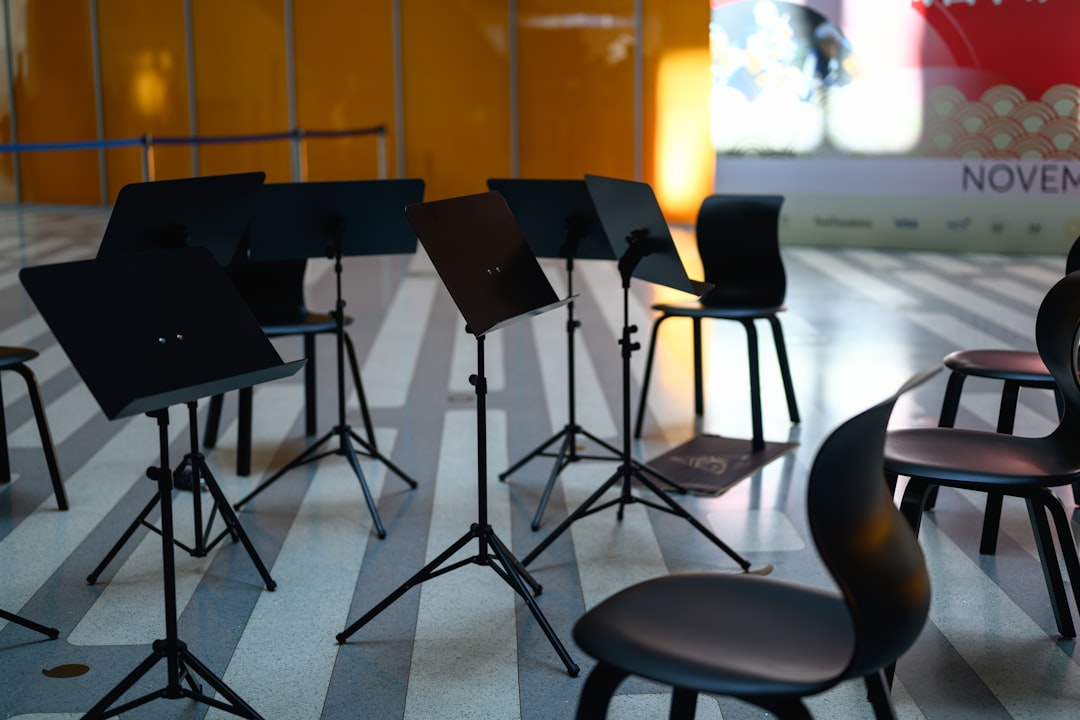
Music schools face the challenge of attracting students precisely when they are searching for lessons, auditions, or class openings. Google Ads provides a direct line to high-intent prospects by capturing their attention at the decision-making moment, making it possible to fill schedules efficiently and outpace slower, less targeted marketing methods.
Digital advertising technology now enables schools to promote specialized offerings—such as jazz piano, advanced violin, or beginner group classes—only to those actively seeking them. This precision dramatically reduces wasted ad spend, ensuring marketing dollars are allocated solely to audiences most likely to convert into active students. Learn more about optimizing ad targeting with real-time audience insights.
The agility of Google Ads empowers music schools to react instantly to changing enrollment cycles, holidays, or special promotions. Real-time data tracking means administrators can quickly adjust budgets, update messaging, and measure which campaigns generate the most qualified leads, so no interested family or individual slips through the cracks. For deeper strategies on campaign optimization, explore our blog on marketing attribution.
By leveraging advanced visitor identification and behavioral insights, marketers can move beyond anonymous traffic and pinpoint which companies or families are visiting their site. Platforms that unify go-to-market data allow music schools to dynamically update audience segments as prospects engage with different instruments or program types, ensuring follow-up messaging is always relevant and timely.
With seamless CRM and ad platform sync, enriched audience data flows directly into marketing workflows, enabling personalized follow-up and efficient lead management. This unified approach not only accelerates the sales cycle but also provides complete attribution, showing exactly which digital touchpoints contributed to new enrollments and maximizing the impact of every advertising dollar. Ready to unlock these benefits? Get started for free with Sona.

Ready to see how smarter ad campaigns can grow your music school? Get started for free with Sona.
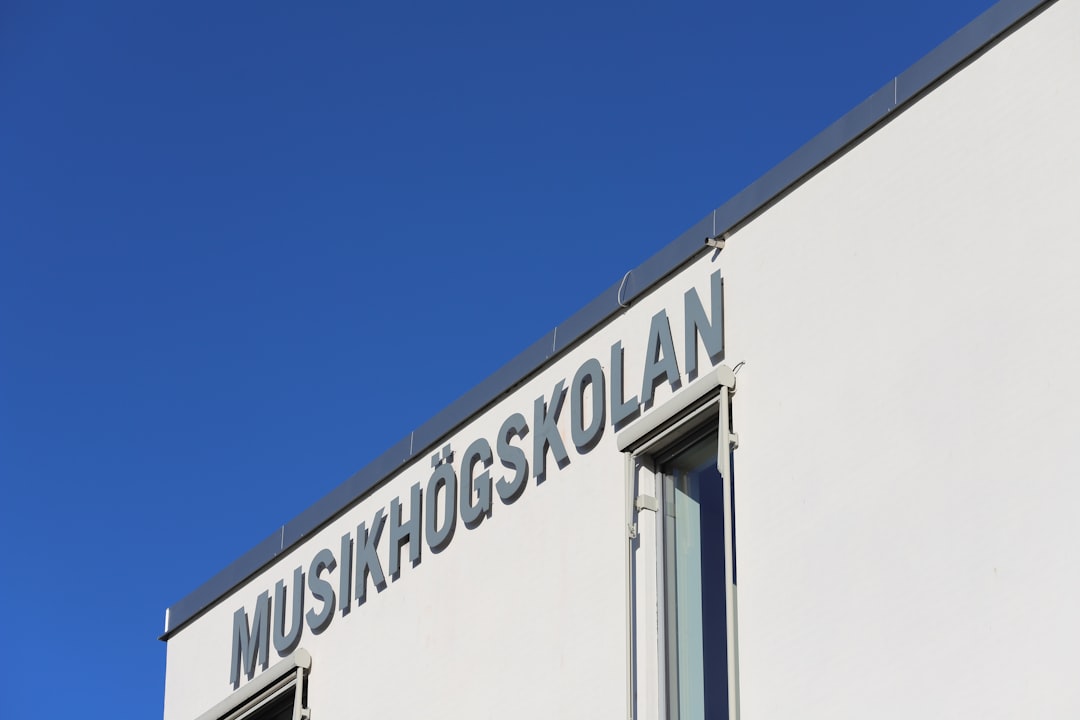
Music schools seeking to maximize growth must look beyond generic campaigns and instead focus on vertical keyword targeting that tightly aligns with student intent. By analyzing granular intent signals, marketers can complement their existing SEO strategy with paid search terms that capture high-conversion queries, such as “best piano lessons for adults near me” or “virtual violin classes for teens.” This approach enables efficient budget allocation toward terms that historically close at higher rates, strengthening the pipeline with prospects who are actively researching music education options. Using advanced audience insights, marketers can identify which keywords lead to deeper engagement and adjust spend dynamically, ensuring resources are directed where intent—and potential ROI—are strongest.
Competitor analysis uncovers untapped marketing avenues within music education by surfacing overlooked keyword clusters, geographical pockets, and program-specific interests. By mapping competitors’ ad placements and content strategies, schools can spot gaps where their messaging can resonate with underserved audiences. For example, if a rival is not bidding on “jazz improvisation lessons for adults,” acquiring this space can attract new segments. Sona’s real-time visitor identification helps pinpoint which competitor-driven keywords are drawing in-market families or adult learners, enabling revenue teams to rapidly shift spend and messaging to outperform rivals at the most critical decision points. For more on how music schools can use Google Ads to attract more students, explore this overview on Google Ads for music schools.
Retargeting is essential for recapturing the attention of cooled leads who may have engaged with educational content—such as tutorials, lesson previews, or program guides—but have not yet converted. By syncing CRM data and digital signals, schools can deploy personalized remarketing that speaks directly to each user’s stage in the decision process, reigniting interest right before the enrollment window closes. Dynamic audience updates ensure that every engagement, from viewing a faculty spotlight to downloading a curriculum sample, triggers relevant ad experiences. This strategy moves prospects efficiently through the funnel while providing clear attribution for every conversion, giving music schools a measurable edge in digital marketing performance.
If you're ready to unlock these growth opportunities and drive measurable results for your school, get started for free with Sona.
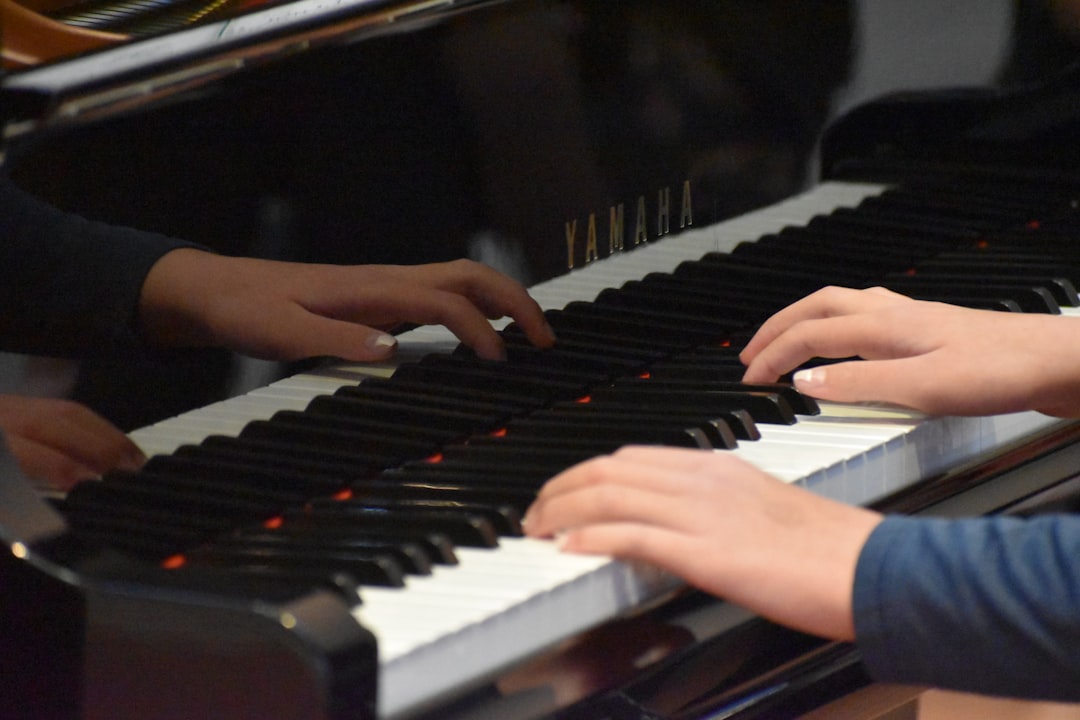
Audience segmentation is foundational for effective Google Ads campaigns targeting music students. By dividing prospective learners into distinct categories, music schools can maximize relevance, reduce wasted spend, and increase qualified inquiries. Segmentation strategies also allow digital marketing for music teachers to match messaging and creative assets to each audience’s specific stage in their musical journey. For deeper insight, you can explore our library of actionable marketing playbooks that outline segmentation best practices.
Audience segmentation, powered by unified data and intelligent intent signals, enables music schools to personalize digital touchpoints, streamline inquiry-to-enrollment pipelines, and elevate the overall impact of their Google Ads strategies. If you’re ready to optimize your segmentation and student acquisition, get started for free with Sona.
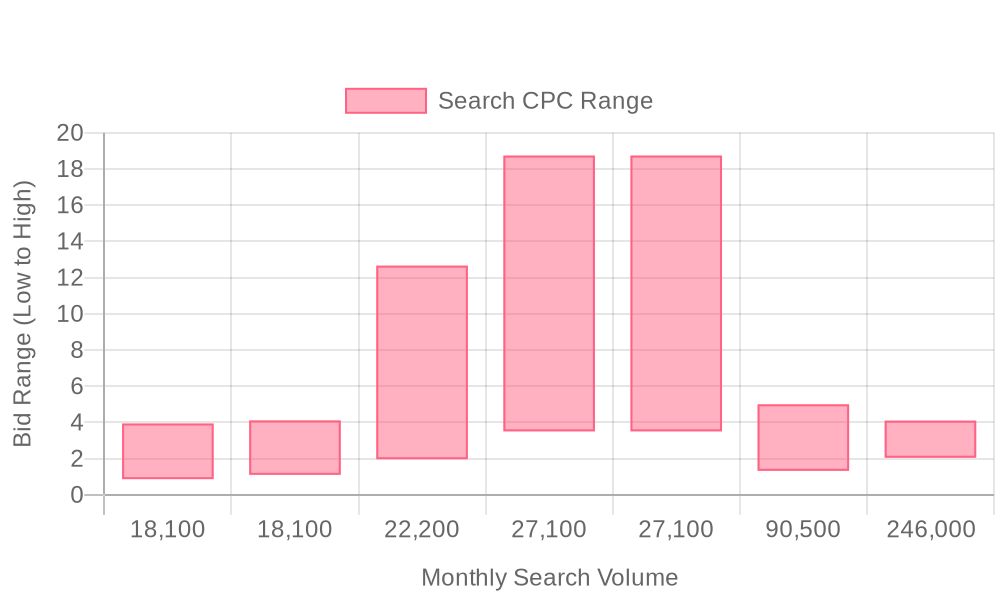
| Industry | Keyword | Monthly Search Volume | Competition Level | Low Bid | High Bid |
| Music Schools | violin lessons near me | 18100 | LOW | 0.87 | 3.94 |
| Music Schools | drum lessons near me | 18100 | MEDIUM | 1.11 | 4.11 |
| Music Schools | music schools near me | 22200 | LOW | 1.97 | 12.66 |
| Music Schools | music schools | 27100 | LOW | 3.51 | 18.74 |
| Music Schools | music school | 27100 | LOW | 3.51 | 18.74 |
| Music Schools | piano classes near me | 90500 | MEDIUM | 1.33 | 5 |
| Music Schools | school of rock | 246000 | LOW | 2.05 | 4.1 |
Precision in keyword strategy sets the foundation for successful digital marketing campaigns in the music education sector. High-intent terms such as "music school enrollment," "private music lessons," and "music lessons advertising" directly target prospects ready to engage, reducing wasted spend and improving conversion rates. To explore how music schools can use Google Ads to attract more students and grow enrollment, see this overview for music schools. Leveraging granular account-level data, marketers can identify patterns in searcher behavior and adjust keyword targeting to capture audiences signaling genuine interest in music education.
Local visibility is critical for music schools, as most students choose programs within a reasonable commuting distance. Incorporating local modifiers, such as city or neighborhood names, into target phrases like "piano lessons in Austin" or "best violin teacher Chicago," aligns ad delivery with geographic demand. This approach not only increases relevance but also supports broader local SEO for music schools, ensuring ads appear for searches with immediate enrollment potential.
Negative keywords protect campaign budgets by filtering out irrelevant traffic. Excluding terms such as "free sheet music" or "DIY instrument repair" prevents clicks from users with no intent to enroll, keeping engagement metrics aligned with desired outcomes. Consistent refinement of negative keyword lists is essential, as query trends evolve and new intent signals emerge.
To maximize impact, keywords should align with content marketing and cross-channel messaging. This cohesion reinforces program value and expertise across website copy, blog content, and paid ads. When keywords, topics, and audience segmentation remain unified, prospects experience a seamless journey from initial search to enrollment inquiry. For actionable strategies, browse Sona’s blog content.
Modern platforms empower marketers to go further. With visitor identification, schools can move beyond anonymous search data to pinpoint which companies and individuals visit landing pages, allowing for precise follow-up and audience enrichment. Real-time intent signals can dynamically shift budget toward users exhibiting high likelihood to convert, ensuring ad spend targets the best opportunities. Audience segments update automatically as leads progress through the funnel, keeping messaging relevant and maximizing enrollment velocity. Integration with CRM and ad platforms enables seamless sync of enriched audience lists, ensuring that Google Ads campaigns are always fueled by the most current, actionable data.
To start building smarter keyword strategies and unlock deeper audience targeting, get started for free with Sona.
Music schools thrive when campaigns target the exact search queries that drive enrollment. Building robust, targeted keyword lists involves identifying service-specific terms, such as “piano lessons for kids” or “adult guitar classes,” and pairing them with local intent phrases like “near me” or specific city names. This approach ensures the ads attract high-intent prospects who are actively seeking instruction in their area, minimizing wasted spend on generic or irrelevant searches.
Marketers can further refine these lists by analyzing in-market behavior and real-time search signals, which allows for rapid adaptation to seasonal trends or shifts in demand for particular instruments. Integrating unified go-to-market data surfaces which keywords are generating not only traffic but also true engagement and conversions, helping allocate budget to the most valuable audience segments. For more insights into planning your keyword strategy, explore this overview on using Google Ads for music schools. With dynamic audience updates, campaigns remain aligned with the latest funnel movements, ensuring only qualified leads are targeted as their intent evolves.
Compelling ad copy for music schools must address pain points unique to the industry, such as overcoming scheduling obstacles or finding trusted, accredited instructors. Messaging that speaks directly to parents (“Flexible lesson times for busy families”) or adult learners (“Master guitar in just 12 weeks”) increases relevance and engagement. Incorporating common queries and highlighting results—like exam preparation success rates or performance opportunities—reinforces credibility and value.
Continuous copy refinement becomes possible by leveraging campaign analytics, allowing marketers to test variations that resonate with segmented audiences. Real-time feedback and granular performance data reveal which headlines and calls-to-action drive the most qualified inquiries, so messaging can be quickly tailored to shifting interests or new offerings. When ad copy is informed by unified insights, every impression works harder to convert the right prospects.
Effective landing pages guide each visitor along a personalized path, matching their intent and expectations from the initial ad click. For music schools, this means creating distinct experiences for parents, adult students, and advanced musicians—each with program details, testimonials, and clear calls-to-action relevant to their needs. Streamlined forms, embedded scheduling tools, and instructor profiles help reduce friction and nurture trust from the first interaction.
By integrating campaign and CRM data, landing pages can dynamically adapt content and offers based on audience segment or previous engagement, increasing the likelihood of conversion. Advanced attribution ensures that every lead source is measured accurately, connecting online inquiries with offline enrollments and providing a full view of ROI. This closed-loop approach not only sharpens targeting for future campaigns but also enhances the overall student journey.
Music school campaigns deliver sustained growth when optimization is rooted in actionable data. Smart bidding strategies, informed by both historical performance and real-time intent signals, help maximize conversions while controlling cost per acquisition. Ongoing analysis of search queries, ad engagement, and conversion paths reveals opportunities to pause underperforming keywords, adjust bid modifiers, or launch retargeting to re-engage high-potential prospects.
Unified data enables marketers to identify which audiences are most likely to enroll, shifting budget in real time to focus on accounts demonstrating strong buying signals. Automated audience sync across ad platforms and CRM systems ensures that every lead is nurtured with personalized messaging and follow-up, regardless of where they are in the funnel. This agility keeps campaigns efficient, responsive, and aligned with business objectives, supporting music schools as they scale their digital marketing and drive more qualified enrollments. To streamline your campaign execution and data-driven decision making, get started for free with Sona.
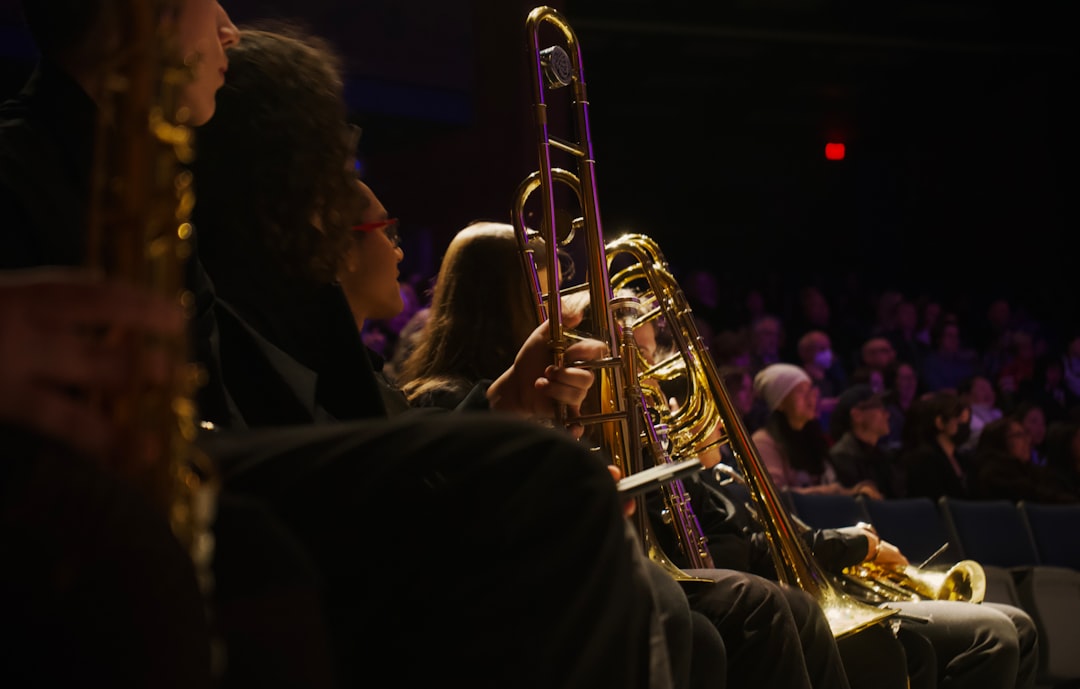
Maximizing your music school's presence requires a coordinated approach that leverages multiple digital channels and sharp audience insights. Aligning advertising strategies with sales and outreach ensures every touchpoint builds recognition and accelerates lead movement through the funnel. If you want to streamline your digital marketing, get started for free with Sona and unify your campaigns.
Cross-platform retargeting is essential for maintaining engagement after a prospective student or parent visits your website. By reinforcing messaging across Google Ads, social platforms, and email, you create a consistent brand experience that encourages return visits and increases conversion rates. Modern platforms allow you to identify website visitors, including which companies and individuals are most likely to be interested in your programs. For an overview of how music schools can use Google Ads to attract more students, see this guide.
Creative partnerships with industry associations or local organizations can significantly extend your reach. Running co-branded or referral traffic ads allows you to tap into aligned audiences, maximizing marketing return and credibility. For actionable campaign ideas and strategies, explore our library of playbooks designed for music education marketing.
Localizing your campaigns is crucial in the competitive landscape of music education marketing. By tailoring messaging and ad targeting to specific metropolitan areas or neighborhoods, you can engage key demographic groups with personalized offers. Leverage real-time behavioral insight to dynamically adjust budgets and creative, focusing on in-market parents or students actively researching music lessons. Additionally, syncing enriched CRM data with Google Ads ensures that audience segments update as leads progress, driving higher lead quality and more efficient spend. This precise approach to local PPC for music schools increases visibility and program enrollment within your target community.
Harnessing the power of Google Ads can be a game-changer for music schools looking to attract more students. By strategically targeting your audience and leveraging data-driven insights, you can significantly enhance your marketing efforts and ensure your school stands out in a competitive landscape.
Throughout this article, we explored the various challenges music schools face in digital marketing, such as reaching the right audience and optimizing ad spend. We discussed effective strategies like keyword targeting, audience segmentation, and performance analysis to maximize your Google Ads campaigns' impact. These tools and techniques can help you achieve better visibility and engagement, leading to increased enrollment.
Imagine the potential transformation when your music school becomes the go-to choice for aspiring musicians. With the right approach, you can create compelling ads that resonate with prospective students, ultimately driving more foot traffic and inquiries. By implementing these strategies, you're not just investing in advertising—you're investing in the future of your school.
Ready to elevate your marketing efforts? Start for free to experience our platform and its capabilities today. Discover how our innovative solutions can empower your music school to achieve remarkable results.
Music schools can effectively use Google Ads by employing a data-driven approach to align budgets, messaging, and targeting with audiences most likely to convert, optimizing PPC, and using enriched data to dynamically update audience lists for timely and relevant ad engagement.
Best practices include continuous optimization with real-time performance insights, adjusting bids, refreshing creative, and synchronizing enriched leads with CRM and marketing automation platforms to ensure high ROI and scalable enrollment growth.
Music schools should target high-intent keywords such as 'music school enrollment,' 'private music lessons,' and location-specific terms like 'piano lessons in Austin' to directly target prospects ready to engage and improve conversion rates.
The budget should be dynamically allocated based on advanced data insights, prioritizing high-intent keywords and segments that show strong conversion potential, while continuously adjusting spend to maximize ROI and minimize waste.
Using Google Ads provides direct access to high-intent prospects, allowing music schools to efficiently fill schedules, promote specialized offerings, and react instantly to changing enrollment cycles with real-time data tracking.
Join results-focused teams combining Sona Platform automation with advanced Google Ads strategies to scale lead generation

Connect your existing CRM

Free Account Enrichment

No setup fees
No commitment required

Free consultation

Get a custom Google Ads roadmap for your business
Join results-focused teams combining Sona Platform automation with advanced Meta Ads strategies to scale lead generation

Connect your existing CRM

Free Account Enrichment

No setup fees
No commitment required

Free consultation

Get a custom Google Ads roadmap for your business
Join results-focused teams combining Sona Platform automation with advanced LinkedIn Ads strategies to scale lead generation

Connect your existing CRM

Free Account Enrichment

No setup fees
No commitment required

Free consultation

Get a custom Google Ads roadmap for your business
Join results-focused teams using Sona Platform automation to activate unified sales and marketing data, maximize ROI on marketing investments, and drive measurable growth

Connect your existing CRM

Free Account Enrichment

No setup fees
No commitment required

Free consultation

Get a custom Google Ads roadmap for your business
Over 500+ auto detailing businesses trust our platform to grow their revenue
Join results-focused teams using Sona Platform automation to activate unified sales and marketing data, maximize ROI on marketing investments, and drive measurable growth

Connect your existing CRM

Free Account Enrichment

No setup fees
No commitment required

Free consultation

Get a custom Google Ads roadmap for your business
Over 500+ auto detailing businesses trust our platform to grow their revenue
Join results-focused teams using Sona Platform automation to activate unified sales and marketing data, maximize ROI on marketing investments, and drive measurable growth

Connect your existing CRM

Free Account Enrichment

No setup fees
No commitment required

Free consultation

Get a custom Google Ads roadmap for your business
Over 500+ auto detailing businesses trust our platform to grow their revenue
Our team of experts can implement your Google Ads campaigns, then show you how Sona helps you manage exceptional campaign performance and sales.
Schedule your FREE 15-minute strategy sessionOur team of experts can implement your Meta Ads campaigns, then show you how Sona helps you manage exceptional campaign performance and sales.
Schedule your FREE 15-minute strategy sessionOur team of experts can implement your LinkedIn Ads campaigns, then show you how Sona helps you manage exceptional campaign performance and sales.
Schedule your FREE 15-minute strategy sessionOur team of experts can help improve your demand generation strategy, and can show you how advanced attribution and data activation can help you realize more opportunities and improve sales performance.
Schedule your FREE 30-minute strategy sessionOur team of experts can help improve your demand generation strategy, and can show you how advanced attribution and data activation can help you realize more opportunities and improve sales performance.
Schedule your FREE 30-minute strategy sessionOur team of experts can help improve your demand generation strategy, and can show you how advanced attribution and data activation can help you realize more opportunities and improve sales performance.
Schedule your FREE 30-minute strategy sessionOur team of experts can help improve your demand generation strategy, and can show you how advanced attribution and data activation can help you realize more opportunities and improve sales performance.
Schedule your FREE 30-minute strategy session





Launch campaigns that generate qualified leads in 30 days or less.
